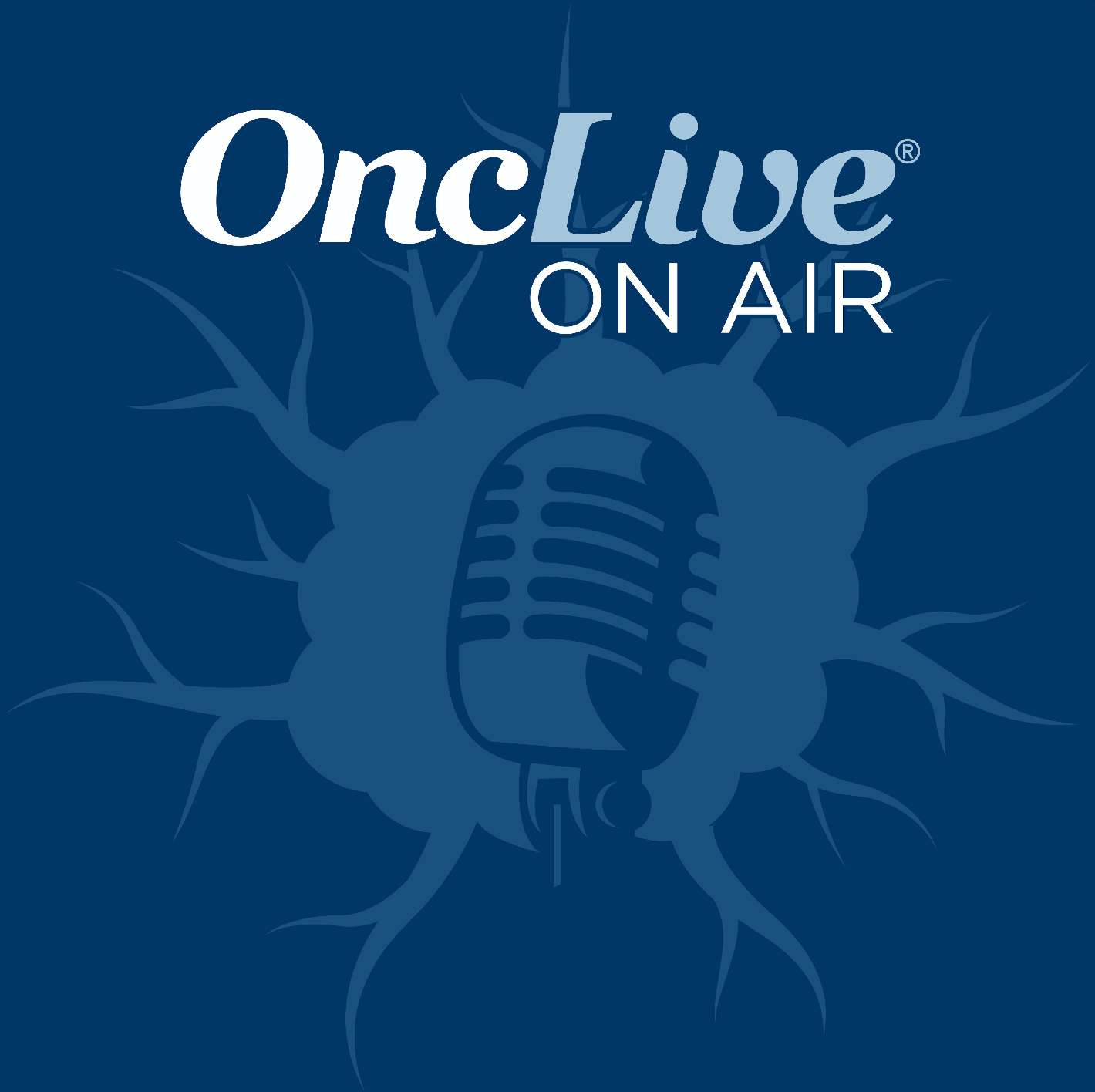Article
Expert Discusses Dramatic Larotrectinib Data in Pediatric Cancer
Author(s):
Ramamoorthy Nagasubramanian, MD, discusses the results of the phase I/II study of larotrectinib in pediatric patients.
Ramamoorthy Nagasubramanian, MD, associate professor of oncology and urology at Johns Hopkins Medicine

Ramamoorthy Nagasubramanian, MD
Recent results published in The Lancet Oncology showed that larotrectinib induced an objective response rate (ORR) of 93% in pediatric patients with TRK fusion-positive solid tumors. These results have set a new precedent for the simultaneous development of agents in pediatric and adult patients, said Ramamoorthy Nagasubramanian, MD, one of the investigators on the study.
“From my personal experience, I can tell that this is going to be the favored treatment upfront for these patients who have unresectable disease or primary refractory disease,” said Nagasubramanian.
This multicenter, open-label study enrolled 24 patients aged 1 month to 21 years who had been diagnosed with locally advanced or metastatic solid tumors or central nervous system tumors that had relapsed, progressed, or were nonresponsive to available therapies.
A rolling submission of a new drug application to the FDA was completed in March 2018 for larotrectinib for the treatment of adult and pediatric patients with locally advanced or metastatic solid tumors harboring an NTRK gene fusion.
OncLive: Can you provide some background information on the trial?
In an interview with OncLive, Nagasubramanian, chief, Division of Hematology/Oncology, Department of Pediatrics, Nemours Children’s Health System, discussed the results of this phase I/II study of larotrectinib in pediatric patients.Nagasubramanian: Initially, when this trial opened, it was open to children with solid tumors who were advanced and either refractory, or not responding to primary frontline treatments. Since we knew that this drug was an agent targeted toward TRK fusions, we knew that we would find some pediatric tumors that carry these fusions and may respond well. We did not know the actual incidence of TRK fusions in pediatric cancers, so the study initially started enrolling all patients with solid tumors. We knew that there were some rare pediatric tumors that harbored TRK fusions, so we hoped to see those patients included on the trial, which was the case.
What was the design of the study?
Having tested the initial group of pediatric patients, out of the 24 patients, 17 had TRK fusion—containing tumor types, whereas the other 7 did not have TRK fusions. We found that there were no responses in patients whose tumors did not carry this fusion, which makes sense because it was a targeted therapy. However, in patients who harbored NTRK fusions of any combination, there was a very higher response rate. In this analysis, there was a 93% response rate in those patients.It was a phase I/II study. The phase I [portion] was meant to look at the safety in children. There was a trial in adults of the same drug and similar plan, and because there was knowledge about needs for pediatric drugs in rare cancer, this trial was conducted. The phase I study was a dose-finding study as well, and there were no major safety issues. The dose-finding phase was done with 2 cohorts of patients, and we came up with the recommended phase II dose, which is what was used in the rest of the patients in the study. We found a tolerated dose, and did not see any high rates of toxicities, which is unlike what we normally see.
What were the results, and how did they impact the pediatric cancer community?
We were able to achieve what is called the "adult equivalent dose," and see objective responses at that dose, although it was not a maximally targeted dose. There was no need to give more because we were already seeing responses. Once we had safety and dose established, we opened a phase II part of the trial to enroll patients, especially those with TRK fusions.The results showed a very high ORR of larotrectinib in pediatric tumors that harbored a TRK fusion. Of the 15 patients evaluable, there were 4 complete responses without evidence of disease, and there were 10 partial responses, with a significant shrinkage in tumor size. This is amazing for an orally administered drug with little side effects—it has the potential to change the paradigm of how we treat infantile fibrosarcoma that is initially not resectable.
Traditionally, those children received chemotherapy and then would undergo surgery if they responded to chemotherapy. Chemotherapy is genotoxic and has both short- and long-term side effects. Whereas, with larotrectinib, we can achieve better results—the response rate to chemotherapy is not even close to 93%.
This is going to make a great impact on the way that we treat children with TRK fusions moving forward. This will become the frontline treatment for these children, especially where upfront surgical resection is not an option. It will now be preferred over traditional chemotherapy in those settings. Larotrectinib is going to have a great impact moving forward.
What is the take-home message from this trial?
TRK fusions in children with solid tumors are rare, but we are seeing many soft tissue sarcomas harboring NTRK fusions, which we did not know before. There will probably be an increase in cohorts of patients with rare tumor types that have TRK fusions, which will be good candidates for this drug, especially when upfront treatment is not feasible or satisfactory. This is a rare success and a home run—one that I haven't seen the likes of in 10 or 20 years. We have to make sure that these drugs are studied for a long period of time, and we have to depend on the curative treatment, which in this case is surgery.
We were pleased that there was simultaneous development of this drug in children and adults. What is unique about this agent, is that unlike other therapies that are targeted toward tumor histologies such as melanoma or lung cancer, this is something that spans different types of histologies, including sarcomas. The commonality is TRK fusions. As we discover more of these kinds of fusions, there can be more targeted drugs that work across a spectrum of tumor types, as opposed to a single tumor subset.
I would hope that more of these drugs are being developed, and I also hope that more of these types of drugs are developed in pediatrics at the same time as in adults. If a drug fails in adults, typically the manufacturer is not interested in pediatric development because of the market size for these rare conditions. In this case, we were lucky that the manufacturer and sponsor saw the light and, because of this, children are going to have a marked improvement for a very long period of time.
Laetsch TW, DuBois SG, Mascarenhas L, et al. Larotrectinib for pediatric solid tumors harboring NTRK gene fusions: phase 1 results from a multicenter, open-label, phase 1/2 study [published online March 20, 2018]. Lancet Oncol. doi: 10.1016/S1470-2045(18)30119-0.


















